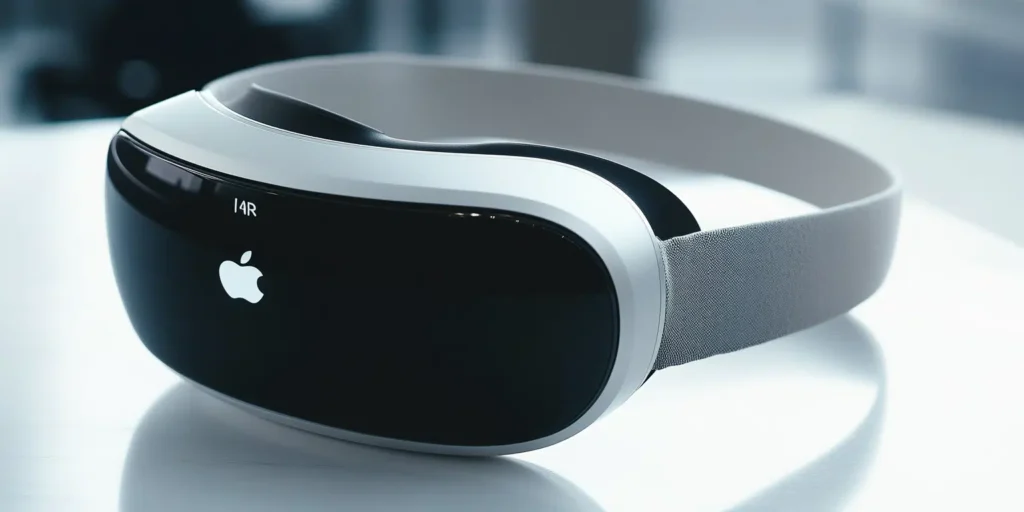quickutilities – Apple Vision Pro has captured attention with its cutting-edge micro-OLED displays and advanced gesture controls. However, its starting price of $3,499 places it well beyond the reach of most consumers. Despite its impressive technology, the Vision Pro relies on Apple’s M2 chip, which is now somewhat outdated. This high cost limits the device’s appeal primarily to enthusiasts and professionals, rather than the mass market.
Read More : ChatGPT Experiences Global Outage, Users Report Issues
Bloomberg previously reported that Apple plans to release a new Vision Pro variant in 2025. This updated model is expected to include a more comfortable headband and improved processing power with either an Apple M4 or M5 chip. While these updates will enhance the user experience, the price is unlikely to drop significantly.
For many consumers, Apple’s mixed reality headset will only become truly compelling in 2027 or later. That’s when Apple aims to launch a new device provisionally called Apple Vision Air. Analyst Ming-Chi Kuo recently shared supply chain insights suggesting that this upcoming headset will address the biggest criticisms of Vision Pro: weight and cost.
The Vision Air headset is expected to weigh less than 390 grams, which is about 40% lighter than the current 650-gram Vision Pro. This weight reduction would put it on par with the Apple AirPods Max. Making it significantly easier to wear for longer periods. By combining lighter materials with ergonomic design improvements, Apple could make mixed reality more accessible to a wider audience.
Vision Air Promises to Make Mixed Reality More Accessible and Widely Adopted
Price will be the other major difference with Apple Vision Air. Reports indicate the device will cost less than half of the current Vision Pro’s price, possibly around $1,500. This lower price point could dramatically expand Apple’s market share in the mixed reality space. Currently, fewer than 400,000 Vision Pros sell annually. But Apple expects to manufacture at least one million Vision Air units in 2027 alone.
Apple has not yet revealed how it will cut costs for the Vision Air. However, it is reasonable to assume the company might reduce the number of cameras or use lower-resolution displays. These trade-offs would help lower the retail price while still delivering a high-quality experience. The Vision Air would thus balance affordability with the essential mixed reality features that users expect.
A more affordable, lighter headset fits Apple’s broader strategy of making advanced technology mainstream. Vision Air could appeal not only to consumers but also to enterprises and educational institutions looking for practical mixed reality solutions without prohibitive costs.
Looking ahead, the launch of Apple Vision Air marks an important step in the evolution of mixed reality devices. If Apple succeeds, it could set a new industry standard, increasing adoption and accelerating software and content development for the platform. The Vision Air’s combination of accessibility, comfort, and performance may ultimately define the future of Apple’s AR/VR ambitions and influence competitors in the market.
As the 2027 launch approaches, customers and developers will watch closely for more details on Apple’s pricing, hardware choices, and features. The Vision Air could transform mixed reality from a niche innovation into a mass-market phenomenon.


